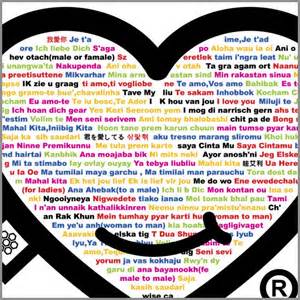Knowledge-enhanced pre-trained models for language representation have been shown to be more effective in knowledge base construction tasks (i.e.,~relation extraction) than language models such as BERT. These knowledge-enhanced language models incorporate knowledge into pre-training to generate representations of entities or relationships. However, existing methods typically represent each entity with a separate embedding. As a result, these methods struggle to represent out-of-vocabulary entities and a large amount of parameters, on top of their underlying token models (i.e.,~the transformer), must be used and the number of entities that can be handled is limited in practice due to memory constraints. Moreover, existing models still struggle to represent entities and relationships simultaneously. To address these problems, we propose a new pre-trained model that learns representations of both entities and relationships from token spans and span pairs in the text respectively. By encoding spans efficiently with span modules, our model can represent both entities and their relationships but requires fewer parameters than existing models. We pre-trained our model with the knowledge graph extracted from Wikipedia and test it on a broad range of supervised and unsupervised information extraction tasks. Results show that our model learns better representations for both entities and relationships than baselines, while in supervised settings, fine-tuning our model outperforms RoBERTa consistently and achieves competitive results on information extraction tasks.
翻译:事实证明,与BERT等语言模型相比,经过预先培训的语文代表模式在知识基础建设任务(即:关系提取)方面比BERT等语言模型更为有效。这些经过知识强化的语言模式将知识纳入培训前,以形成实体或关系的代表性。然而,现有的方法通常代表每个实体,并有单独的嵌入。因此,这些方法在代表校外实体和大量参数方面,在基本象征性模型(即:~变压器)之上,必须使用这些模型,在实践中可以处理的实体数目因记忆限制而受到限制。此外,现有的模式仍然难以同时代表实体和关系。为了解决这些问题,我们提出了新的经过培训的模型,从象征上和文本中的对配对中分别学习实体和关系的代表性。通过对模块进行高效率的调,我们的模型可以代表两个实体及其关系,但比现有的模式要求的参数要少。我们预先培训了我们的模型,从维基百科公司提取的知识图表,并在广泛的模型上测试模型中的实体和关系中,在监管和监管的基线上,在不断调整的模型中,我们的数据模型中学习了更好的模型。




